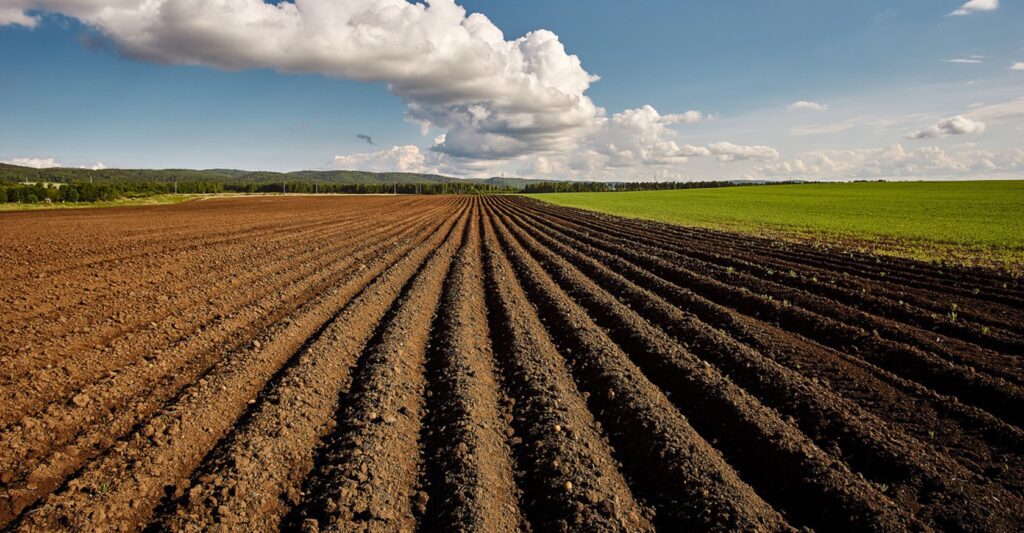EU and EBRD to Fund Irrigation Improvements in Kyrgyzstan
On March 17, European Commissioner for International Partnerships Jozef Síkela arrived in Kyrgyzstan, where he met with President Sadyr Japarov to discuss bilateral cooperation and sustainable development initiatives. During the meeting, Japarov emphasized the importance of strengthening trade, economic, and investment ties between Kyrgyzstan and the European Union (EU). “We highly appreciate the ongoing support of the European Union in carrying out democratic reforms and developing a stable and sustainable state in Kyrgyzstan,” Japarov stated. He also proposed expanding cooperation in areas such as green initiatives, early warning systems for natural disasters, low-carbon development, and the transition to renewable energy sources. Japarov highlighted Kyrgyzstan’s role in global environmental advocacy, recalling that the United Nations (UN) had declared 2023-2027 as the "Five Years of Action for the Development of Mountain Regions" at Kyrgyzstan’s initiative. He invited the EU to become a donor for the country’s roadmap for sustainable development in mountain regions, citing shared environmental challenges such as glacier preservation, ecosystem protection, and sustainable growth. EU and EBRD Commit to Infrastructure Development Commissioner Síkela reaffirmed the EU’s commitment to regional integration and connectivity between Central Asia and Europe, highlighting Kyrgyzstan’s renewable energy potential. “Kyrgyzstan has huge potential in the field of renewable energy, and the EU is ready to support projects that bring sustainable and long-term benefits to the region and realize this potential,” Síkela stated. Following their discussions, Japarov and Síkela oversaw the signing of a financial agreement between the Kyrgyz government, the EU, and the European Bank for Reconstruction and Development (EBRD). The agreement launches a major irrigation improvement program in Kyrgyzstan, aimed at enhancing water management and sustainability. Financial Commitments and Infrastructure Projects A financial package of up to €37.96 million will support critical irrigation infrastructure upgrades in Kyrgyzstan’s Jalalabad and Naryn regions. This funding includes: €26.93 million in an EBRD sovereign loan €1.03 million in an EBRD grant €10 million in an EU grant The investment will finance improvements to water intakes, pumping stations, main canals, and distribution networks, with the goal of reducing water losses, cutting electricity consumption, and lowering CO₂ emissions. Additionally, the EBRD and EU will fund the reconstruction and automation of a section of the Western Great Chui Canal in northern Kyrgyzstan. A separate financial package of €23.8 million has been allocated under the EBRD’s Regional Integrated Water Resources Management Framework for Kyrgyzstan and Tajikistan, approved by the EBRD’s Board of Directors in 2024. This package consists of: €15.23 million in an EBRD sovereign loan €5 million in an EBRD grant €3.6 million in an EU grant These investments are expected to modernize Kyrgyzstan’s irrigation systems, enhance water resource management, and improve agricultural sustainability. The EU and EBRD’s latest financial commitments to Kyrgyzstan’s irrigation and water management infrastructure highlight growing cooperation between Europe and Central Asia. These projects aim to increase agricultural productivity, enhance climate resilience, and promote sustainable development in the region.




